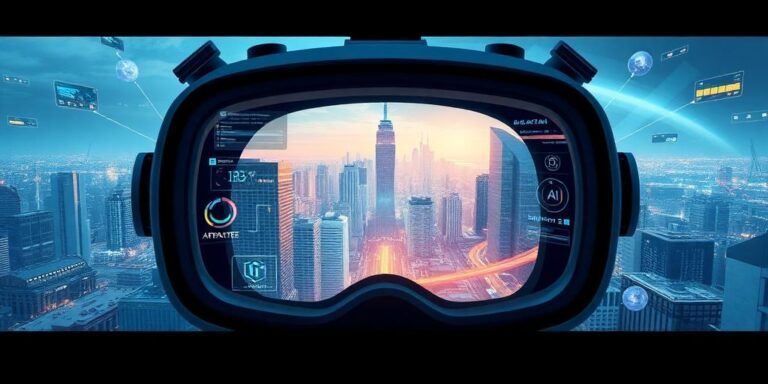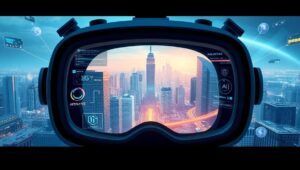Developing for the Metaverse: Tools and Challenges (2026)
The metaverse, once a futuristic concept, is rapidly becoming a tangible reality. By 2026, the landscape for metaverse development will be significantly more mature, with advanced tools and clearer challenges. This post explores the key tools developers will be using and the hurdles they will face in creating immersive metaverse experiences.
Current State of Metaverse Development (Brief Overview)
As of today, developing for the metaverse involves a complex array of technologies, including virtual reality (VR), augmented reality (AR), blockchain, and artificial intelligence (AI). Platforms like Unity and Unreal Engine are foundational, providing the rendering and interaction capabilities needed to build virtual worlds. However, the metaverse of 2026 will demand more sophisticated solutions.
Key Tools for Metaverse Development in 2026
-
Advanced Game Engines:
- Enhanced Physics and Rendering: Expect real-time ray tracing and advanced physics engines to create more realistic and immersive environments.
- Procedural Content Generation (PCG): Tools that automatically generate environments, characters, and assets, reducing development time and costs.
-
AI-Powered Development Tools:
- AI-Assisted Coding: AI tools will help automate code generation, debug errors, and optimize performance.
- Intelligent Asset Creation: AI will be used to generate high-quality 3D models, textures, and animations from simple descriptions or sketches.
-
Blockchain and Web3 Technologies:
- Decentralized Platforms: Blockchain will enable secure and transparent transactions, digital ownership, and decentralized governance within the metaverse.
- NFT Integration: Tools for creating, managing, and integrating non-fungible tokens (NFTs) to represent digital assets and identities.
-
Spatial Computing and AR/VR SDKs:
- Improved AR/VR SDKs: Software development kits offering enhanced support for spatial computing, hand tracking, eye tracking, and mixed reality experiences.
- Cross-Platform Compatibility: SDKs that allow developers to easily deploy applications across various AR/VR devices and platforms.
-
Collaboration and Project Management Tools:
- Real-Time Collaborative Development: Platforms that allow multiple developers to work simultaneously on the same virtual environment.
- Version Control and Asset Management: Sophisticated systems to manage and track changes to virtual assets and code.
Challenges in Metaverse Development
-
Performance Optimization:
- Scalability: Ensuring metaverse environments can handle a large number of concurrent users without performance degradation.
- Hardware Limitations: Optimizing graphics and processing to run smoothly on a wide range of devices, from high-end VR headsets to mobile phones.
-
Interoperability:
- Cross-Platform Compatibility: Creating seamless experiences across different metaverse platforms and devices remains a significant challenge.
- Standardization: The lack of standardized protocols for avatars, assets, and interactions hinders interoperability.
-
Security and Privacy:
- Data Protection: Safeguarding user data and preventing breaches in decentralized environments.
- Identity Management: Developing secure and user-friendly systems for managing digital identities and preventing fraud.
-
Content Creation and Curation:
- Quality Control: Ensuring the metaverse is populated with high-quality, engaging, and safe content.
- Copyright and Intellectual Property: Addressing issues related to content ownership and preventing the unauthorized use of digital assets.
-
User Experience and Accessibility:
- Intuitive Interfaces: Designing user interfaces that are easy to navigate and understand in virtual and augmented environments.
- Accessibility: Making the metaverse accessible to users with disabilities, including visual, auditory, and motor impairments.
The Future of Metaverse Development
By 2026, metaverse development will be more accessible, efficient, and innovative. The convergence of advanced tools and the resolution of current challenges will pave the way for richer, more immersive experiences. Developers who can navigate this evolving landscape will be at the forefront of shaping the future of the metaverse.




